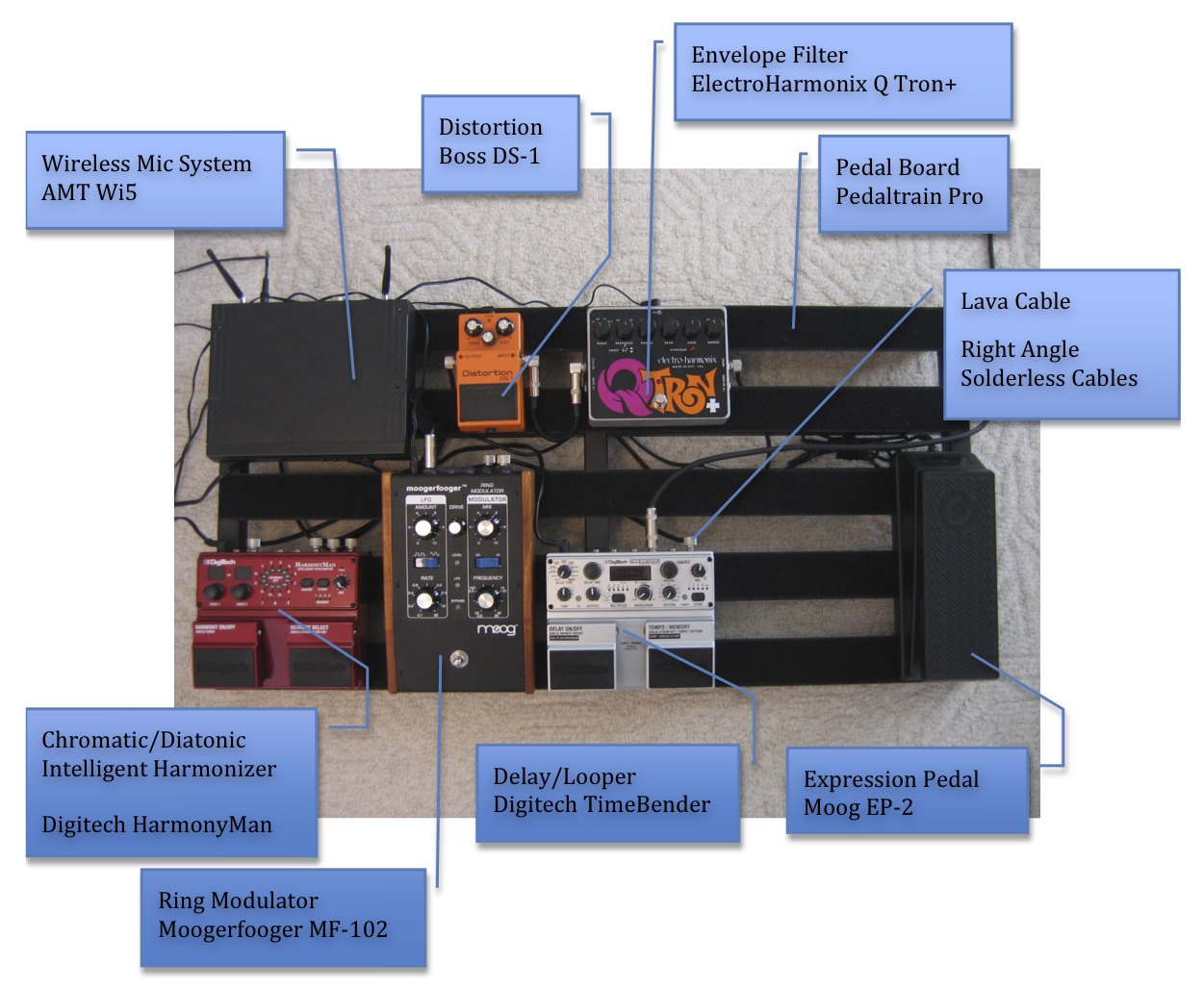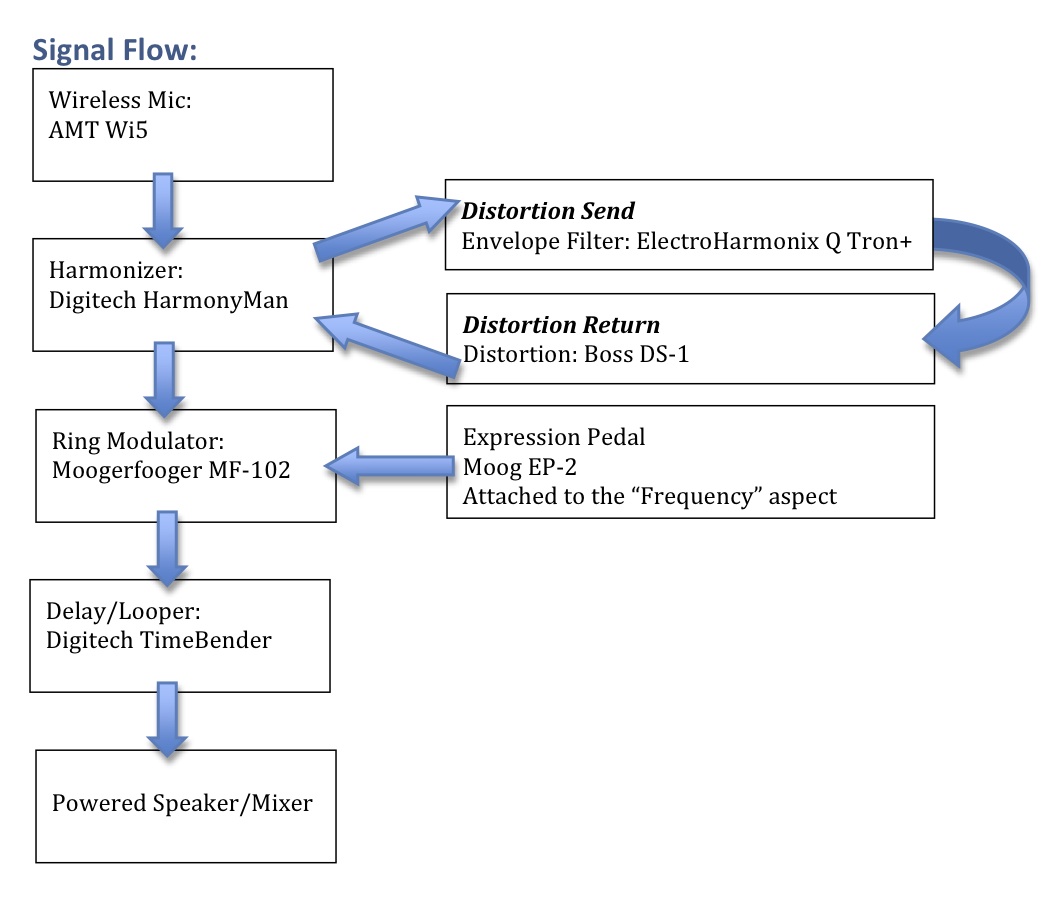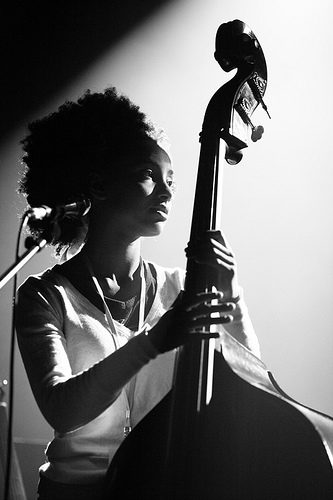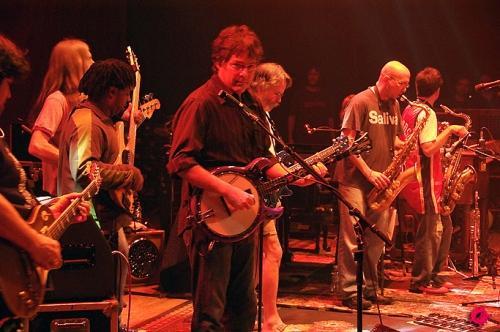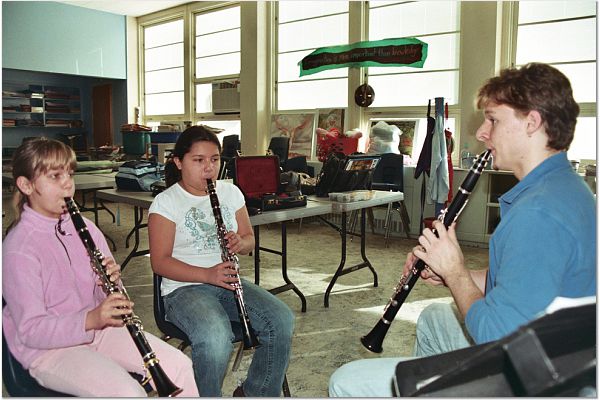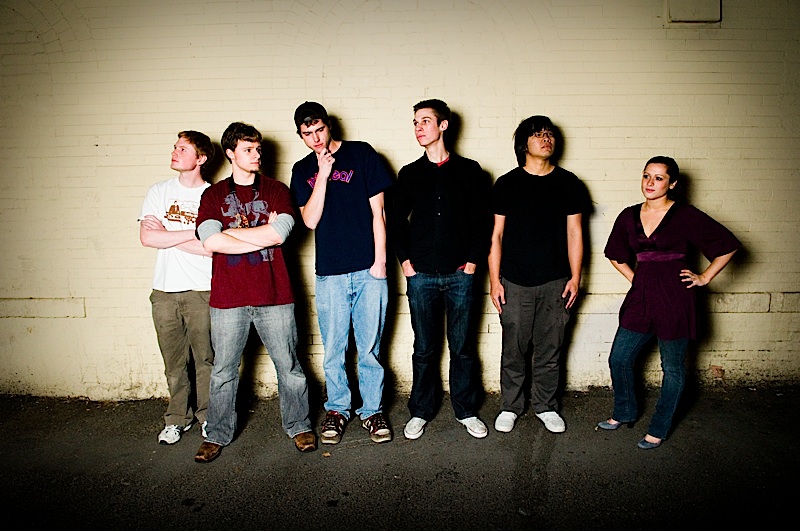Conversation With Joe
/Joe who?
For those of you that are not familiar with the Atlanta jazz scene, there's a phenomenal trumpeter by the name of Joe Gransden. Among other accolades and professional achievements which are far too many to list here, Joe is a "first call" horn player in Atlanta, glorious singer, and has worked closely with Kenny G, Aretha Franklin, the Temptations, Barry White, and Clint Eastwood.
The Problem.....
The past few months I've found myself in a 'practicing predicament'. In trying to keep with a very unique practice routine, I was in a rut trying to develop different aspects of my improvisational ability. I've always had a problem (and maybe you can relate) of playing lines that a) don't stutter start, b) flow through and anticipate changes, c) phrased like actual jazz lines.
Joe's Advice!
So, jump forward to the Tuesday Night Jam at Twain's lead by Joe and his band, a host of musicians that are as talented as they are kind. It's 1 a.m. and those that chose to hang (mostly musicians my age basking in the aura of the big dogs that just finished their gig) are sharing stories and spirits. Eventually, rather inevitably for a group of musicians, we get on to the issue of practicing. "How do you get the right phrasing?", "How do you get the right language?", "What do you do about practicing improvising?", etc., etc. Joe's big advice, which to some of you may not seem like a revelation, was as follows:
Take a specific player that you like and want to sound like. Then pick an album of theirs. Transcribe every tune and that player's solos on each tune. THEN, use that same album and play along with the band. Joe Gransden commented that it would take 10 times as long to gain proficiency on a tune, chord progression, style, or what have you using a play-a-long. I have to say after some practice with this method I have to agree.
I relate it to tracing. When you're first learning to write or draw, you start out tracing around letters or a picture. You teach your hand how to move to make certain shapes. Musically the same thing happens and it starts with the transcription. Then, when you venture out into improvising yourself, not only is your ear already accustomed to exactly how you should move through the chords, but improvising OVER the other players' solos keeps your ear and therefore your playing closer to the right note choice and phrasing. Just using a play-a-long you're forced to pull sounds/language/phrasing out of thin air. Also by playing along with a recording, in my opinion, you get a better sense of time and feel.
So far, my experience with this method has really helped my playing. For some reason, doing this had a night and day effect on what I was hearing and what was coming out of my horn. Hopefully, this helps all of you out there having this same problem.
Anybody else out there with this issue? If so, how did you solve it?

